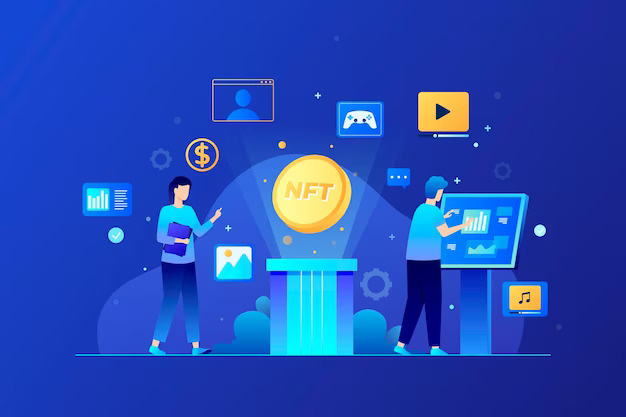The world of digital marketing is in a constant state of evolution, and in recent times, a new player has emerged on the scene—Non-Fungible Tokens (NFTs). NFTs are unique digital assets that have gained significant traction in the art, entertainment, and collectibles industries. However, their impact on digital marketing is now a topic of conversation. In this article, we explore the rise of NFTs in digital marketing, the opportunities they present, and the challenges they bring to the table.
Opportunities:
Enhanced Brand Engagement:
NFTs allow brands to create unique and collectible digital assets, fostering a deeper connection with their audience. Collectors can engage with brands on a more personal level by owning a piece of their digital history.
Content Monetization:
Content creators, including digital marketers, can tokenize their work as NFTs. This provides a new revenue stream as content consumers purchase exclusive access to their digital content.
Also Read:
Voice Search OptimizationDigital Advertising:
NFTs can be integrated into digital advertising campaigns. Brands can create NFTs that serve as ad incentives, encouraging users to engage with their content.
Collectible Campaigns:
Brands can design limited-edition NFT campaigns to reward their most loyal customers, creating a sense of exclusivity and loyalty.
Challenges:
Volatility:
The NFT market can be highly volatile. Prices of digital assets can fluctuate dramatically, making it challenging for brands to assign a fixed value to NFT-based promotions or campaigns.
Environmental Concerns:
The blockchain technology used for NFTs, such as Ethereum, has been criticized for its energy consumption. Brands need to consider the environmental impact of NFTs in their marketing strategies.
Market Saturation:
The NFT market is becoming crowded. Brands must stand out amidst a sea of digital assets to capture the attention of potential buyers.
Lack of Regulation:
The NFT space is relatively unregulated, leaving it open to potential scams and legal uncertainties. Brands need to be cautious when entering this space.
Technical Hurdles:
For users unfamiliar with cryptocurrency and blockchain technology, the process of buying and interacting with NFTs can be daunting. Brands need to ensure a user-friendly experience.
Integration with Traditional Strategies:
To make the most of NFTs in digital marketing, brands should consider how to seamlessly integrate them with their existing strategies. This might include tokenizing exclusive digital products, incorporating NFTs into loyalty programs, or using them to incentivize social media engagement.
Conclusion:
The rise of NFTs in digital marketing presents exciting opportunities for brands to engage with their audience in innovative ways. However, it also brings challenges that must be carefully navigated. As the NFT space continues to evolve,
digital marketing company and agencies should keep a close eye on developments to determine how best to incorporate NFTs into their strategies and campaigns while considering the potential risks and rewards.

Comments
Post a Comment